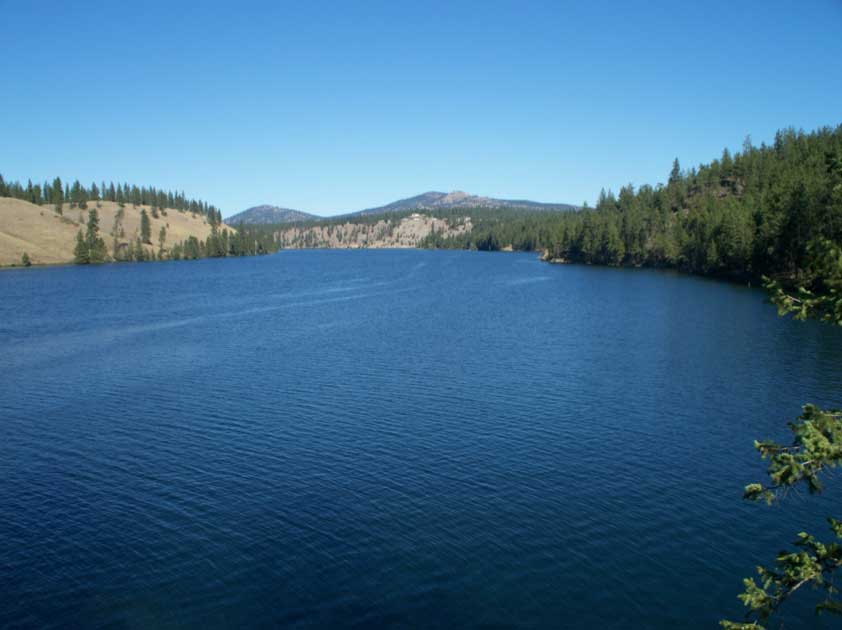Valuing the Spokane River

The Spokane River is 111 miles long, originating at the outlet of Lake Coeur d’Alene in Idaho and stretching to its confluence with Lake Roosevelt (the Upper Columbia River) in Washington. The river serves as the region’s “signature” as it passes through urban, suburban, and rural landscapes.
Tribal communities have used the river for at least 9,000 years to meet a variety of subsistence and cultural needs. The Coeur d’Alene Tribe at the headwaters and Spokane Tribe of Indians at the confluence continue this long history.
Today, over half a million people live in the area and see the changing currents. In a 2009 poll of Washington residents living near the river, 70 percent said they go to the river to hike, bike, swim, boat, or fish at least three times a year. Over 33 percent visit the river at least 10 times a year. As river interactions increase, the public’s desire for greater stewardship deepens.
Those connecting with the river also know that during the industrial age this became a “working river” to meet municipal and industrial needs. These activities and the legacy of upstream mining anchor a belief by 25 percent of those polled that water quality is either “poor” or “not so good.” And while 21 percent say they fish in the river, less than half say they believe the fish are safe to eat.
Currently, wastewater treatment facilities, industry, municipal stormwater systems, dams, and new development continue to be part of the river’s landscape. The public is committed to striking a balance among these uses and other interests such as recreation and aesthetics. Indeed, 78 percent of those polled say it is very important that the Spokane River be protected and/or cleaned up.
One of the issues that requires attention in order to have a safe, beautiful, clean river is the presence of harmful chemicals and heavy metals in the water and river sediments. In the new millennium, the Spokane community needs strong leadership and broad commitment to address this issue.
